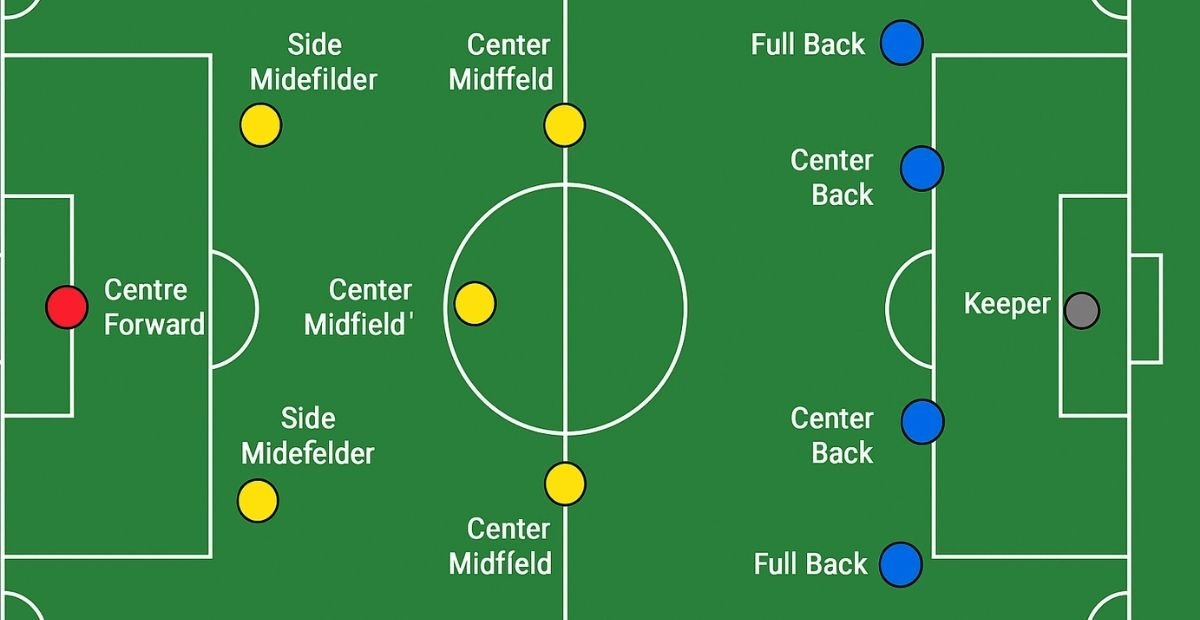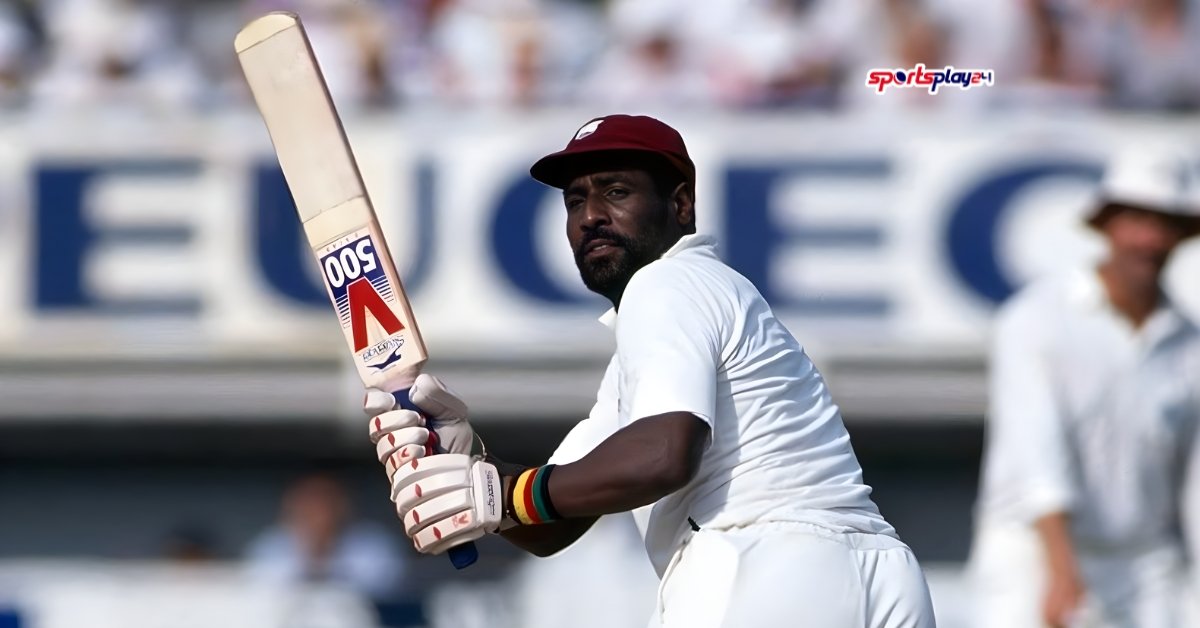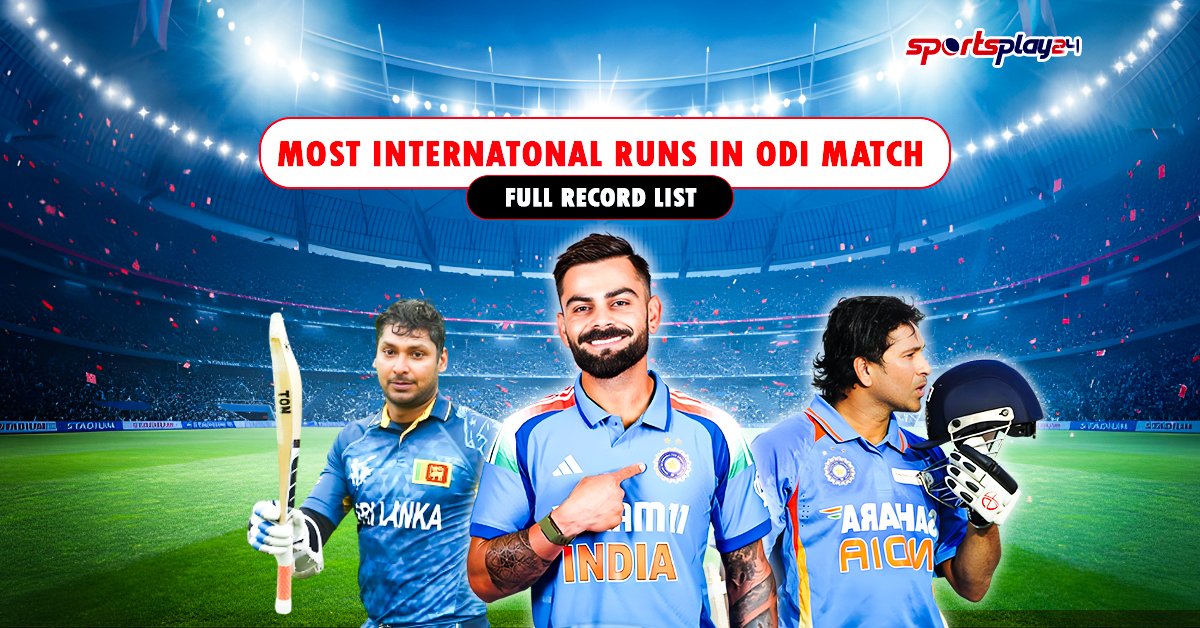Football, or soccer as it’s known in some countries, is more than just 11 players chasing a ball; it’s a globally celebrated sport backed by evolving technology. For beginners, understanding the basic football rules and how technology influences modern gameplay can make watching and playing the game far more engaging.
At its core, the game is simple: two teams, each comprising 11 players, compete to score goals by getting the ball into the opposing team’s net. Matches are 90 minutes long, divided into two halves of 45 minutes. The team with the most goals wins.
Table of Contents
ToggleUnderstanding the Basics of Football
Football is one of the simplest yet most exciting sports in the world. At its heart, it’s a game between two teams of 11 players, each trying to score goals by getting the ball into the opposing team’s net. It’s played on a rectangular field with a goal at each end, and the team that scores the most goals in 90 minutes wins.
The game begins with a kickoff and is divided into two halves of 45 minutes each, with a brief break in between. Players can pass, dribble, or shoot the ball using any part of their body except their hands or arms. Only the goalkeeper is allowed to use hands, and that too only within their penalty area.
Key rules every beginner should know:
- Offside: A player is offside if they’re closer to the opponent’s goal than the second-last defender when the ball is passed.
- Fouls and Free Kicks: Tripping, pushing, or dangerous tackles result in free kicks or penalties.
- Throw-ins: When the ball crosses the sideline, the other team gets to throw it back into play.
- Corner Kicks: Awarded when the ball crosses the goal line last touched by a defender.
Understanding these basic football rules makes it easier to enjoy the game. Whether you’re watching the World Cup or playing with friends, knowing how the game flows helps you stay in sync with the action.
What is the main objective of the game?
The primary goal of football is simple: score more goals than your opponent within the 90-minute match. A goal is scored when the entire ball crosses the goal line between the goalposts and under the crossbar without a foul occurring in the process.
Each team aims to:
- Attack strategically using passes, dribbles, and through balls to break down the defines.
- Defend vigorously by blocking shots, intercepting passes, and marking attackers to prevent goals from being scored.
While scoring is key to winning, possession, teamwork, and timing all play crucial roles in determining a team’s performance. Top football clubs and national teams often blend sharp tactics with athletic skill to dominate the field.
For beginners, understanding this simple objective of putting the ball in the opponent’s net more times than they do in yours is the foundation of enjoying and following the game, whether you’re playing casually or watching a professional match.
Why Football Still Rules the World?
Football, or soccer in many countries, isn’t just a sport; it’s a global language. From packed stadiums in Brazil to dusty fields in rural Africa, the game connects people across cultures and continents.
According to FIFA, over 250 million players actively participate in football worldwide, and billions of people tune in during major tournaments, such as the World Cup. That kind of reach makes football the most popular sport globally.
What makes it so powerful? Simplicity. All you need is a ball and some open space: no expensive gear, no exclusive rules, just teamwork and passion. With global icons like Lionel Messi, Cristiano Ronaldo, and Kylian Mbappé turning games into must-watch events, football has become a key pillar of popular culture.
But beyond the passion, digital transformation is helping football reach new fans. Streaming apps, AR filters, smart stadiums, and interactive rule guides are making the game more accessible than ever before. Whether you’re watching highlights on TikTok or tracking player statistics in real-time, football remains relevant and continues to grow in the digital age.
That’s why, even with hundreds of other sports and entertainment options out there, football continues to rule the world.
Simple Football Rules Every New Fan Must Know
New to football? Don’t worry, the basics are easy to learn. Understanding a few core football rules will help you enjoy the game like a seasoned fan.
- Match duration: A standard game consists of two halves, each 45 minutes long, with a 15-minute break in between. Referees can add “extra time” for stoppages.
- Team setup: Each team consists of 11 players, one goalkeeper, and ten outfield players. The goalkeeper is the only player allowed to use their hands, and only inside their penalty box.
- Scoring a goal: A team scores when the ball completely crosses the opponent’s goal line, between the posts, and under the crossbar. Sounds simple, but getting there requires skill and teamwork.
- Offside rule: One of the trickier rules. A player is offside if they’re closer to the opponent’s goal than the second-last defender when a pass is played to them unless they’re in their half. It prevents “goal-hanging.”
- Fouls and free kicks: Tripping, pushing, and handballs are examples of fouls. Depending on where the foul happens, the other team gets a free kick, penalty, or even a red card (which means the player is sent off).
- Yellow and Red Cards: A yellow card serves as a warning. Two yellows and a red. A red card means you’re out of the game, and your team plays with one less player.
These simple football rules are universal and are used in all major tournaments, including FIFA, UEFA, and international leagues. Once you understand them, the game becomes much more fun to follow, and the drama on the pitch will make total sense.

The Role of Tech in Modern Football Basics
Technology has transformed the fundamentals of football, not just how it’s played, but also how it’s watched, judged, and trained. Today, tech isn’t a sidekick. It’s part of the game.
One of the most significant shifts? VAR (Video Assistant Referee). This system enables referees to review decisions, such as goals, penalties, and red cards, using replay technology. It has reduced human error, though debates still rage on!
Another game-changer is goal-line technology. Tiny sensors in the ball and high-speed cameras near the goal detect whether the ball crossed the line. No more arguments, just a vibrating watch on the referee’s wrist to confirm.
Player tracking is also a big deal. GPS devices and motion sensors inside kits measure distance covered, sprint speed, and positioning. Clubs utilize this data to refine their tactics and prevent injuries.
Even the football itself is brilliant. During the 2022 FIFA World Cup, the match ball featured a built-in sensor that transmitted real-time data on speed and ball movement, aiding in offside calls and enhancing broadcast analysis.
From stadium lighting and turf sensors to apps that fans use to access instant stats, technology is now built into football’s DNA. Whether you’re a player, coach, or fan, tech is making football more accurate, engaging, and fair.
Smart Stadiums, Smarter Gameplay
Modern football stadiums have evolved far beyond seating and turf. Today’s smart stadiums are tech powerhouses designed to enhance fan experience and improve gameplay using real-time data and advanced systems.
Sensors and IoT devices are embedded everywhere, from turnstiles to goalposts. These systems help manage crowd flow, track environmental conditions, and even monitor player movement across the field. RFID chips in tickets speed up entry, while Wi-Fi beacons guide fans to their seats and food counters, improving convenience at every touchpoint.
For teams, connected infrastructure gives a massive edge. Stadiums equipped with AI-powered camera systems analyze formations, player stamina, and ball possession in real time. This data feeds directly to coaches and analysts, allowing them to adjust strategy during the match, not after.
Some smart arenas use climate-controlled fields and underground sensors that track grass health and soil moisture. It ensures a perfect pitch regardless of weather, reducing injuries and boosting gameplay quality.
The best example? The Tottenham Hotspur Stadium in London. It features a retractable pitch, high-speed 5G coverage, and advanced data systems, all built to deliver seamless experiences for both fans and players.
Smart stadiums aren’t just about tech, they’re about creating an environment where the game flows better, spectators stay engaged, and teams can play their most brilliant football yet.
Sensor-Enhanced Football Gear Explained
Football gear today isn’t just about protection or performance, it’s about precision. With the rise of innovative football equipment, sensors are now embedded directly into boots, jerseys, and even the ball to capture detailed real-time data.
One key innovation is the bright football boot. Brands like Adidas and Nike have integrated motion and pressure sensors into their cleats. These track sprint speed, distance covered, stride patterns, and force exerted during kicks. Coaches use this data to optimize training plans and reduce injury risk.
Jerseys are also getting an upgrade. Wearable sensors, either woven into fabric or attached as chest straps, measure heart rate, body temperature, hydration levels, and player fatigue. Teams like Manchester City and PSG rely on this biometric data to monitor player health and customize recovery routines.
Even the football itself is brilliant. The FIFA-approved Adidas connected ball used in the 2022 World Cup had an IMU (inertial measurement unit) at its core. It measured ball speed, rotation, and the exact point of contact. It helped referees make more accurate offside and goal-line decisions in real time.
These innovations are shaping a new era of data-driven football, where every pass, sprint, and shot is tracked, analyzed, and refined for improvement. For beginners, this means the game they’re watching isn’t just fast-paced, it’s fully connected.
How Referees Use Technology on the Field?
Modern football officiating has become more accurate and fairer thanks to the use of technology. Here’s how referees use tech tools on the pitch to make better decisions and maintain game integrity:
- VAR (Video Assistant Referee)
The most talked-about tech in football. VAR helps referees review decisions, such as goals, red cards, penalties, and mistaken identity, using instant replays. It reduces human error and brings transparency.
- Goal-Line Technology
Uses high-speed cameras and sensors to detect whether the ball has wholly crossed the goal line. Referees receive an instant alert on their watch, eliminating the need for guesswork.
- Communication Headsets
Referees and assistant referees use wireless headsets to stay in constant communication. It allows quicker coordination for offside calls, fouls, and substitutions.
- Electronic Performance and Tracking Systems (EPTS)
Although primarily used for player analysis, referees also benefit from motion-tracking data to monitor offside positions and foul movements more accurately.
- Smart Watches and Sensors
Referees wear smartwatches synced with goal-line systems or fitness trackers to receive alerts or monitor their own movement and health stats during matches.
These tools don’t replace human judgment; they enhance it. With technology, referees can focus more on the flow of the game and make decisions backed by data, rather than relying solely on instinct.
Football Training in the AI Age
AI is transforming how football players train, recover, and improve. From grassroots to elite academies, innovative technologies are making workouts sharper and more personalized. Here’s how artificial intelligence is reshaping football training:
- Personalized Training Plans
AI tools analyze player data (like speed, stamina, and past injuries) and create tailored drills. It helps players improve faster without overtraining.
- Motion Analysis with Computer Vision
Cameras powered by AI break down body movements during drills or matches. Coaches get insights into posture, sprint mechanics, and kicking form, fixing flaws with precision.
- Injury Prevention Algorithms
AI detects early signs of fatigue or muscle stress. By tracking training loads and heart rate variability, it warns coaches before an injury happens.
- Virtual Reality (VR) Simulation
Players can practice scenarios like penalty kicks or defensive positioning in virtual environments. It boosts mental readiness and decision-making.
- Smart Wearables Integration
Devices like GPS trackers and bright boots feed real-time data to AI dashboards. It includes pass accuracy, sprints, touches, and recovery rates.
- Tactical Intelligence Platforms
AI reviews match footage and offers suggestions on formations, positioning, and opponent weaknesses. Players learn tactical moves smarter, not harder.
Modern football isn’t just about talent; it’s about tech-backed training. With AI in the picture, the game is becoming increasingly scientific, strategic, and efficient.
Durability of Football Sensors and Equipment
Football sensors are built for action. Whether embedded in balls, boots, or wearables, these devices face intense physical stress from rain-soaked turf to full-body tackles. So, durability isn’t just preferred, it’s essential.
Modern, innovative football equipment utilizes high-grade materials, including reinforced polymers, shockproof casings, and flexible circuits. For example, Adidas’ bright ball uses a suspended sensor core that withstands repeated kicks at over 100 km/h without affecting accuracy.
Wearables, such as GPS vests or fitness trackers, are designed to be waterproof, sweat-resistant, and tested for use in extreme weather conditions. Brands like Catapult or STAT Sports design devices to survive aggressive tackles, turf burns, and hours of continuous movement.
Even goal-line technology sensors and VAR systems are designed to operate in outdoor stadiums under rain, heat, or snow with minimal signal disruption.
Battery life is another marker of durability. Many football sensors now last for full matches or even entire training days on a single charge.
In short, durability in football tech isn’t an afterthought; it’s the baseline. Without rugged design and long-lasting performance, even the most innovative gear would be benched.
Conclusion
Football is no longer just about goals and glory; it’s about data, precision, and wise decisions. As the world’s most popular sport, it’s evolving to keep pace with technology, and fans love it even more for that. From VAR systems ensuring fair calls to GPS-enabled vests tracking player movement, every layer of the game is becoming more intelligent. And it’s not stopping here.
Expect more automation, real-time analytics, and wearable tech that could change how we experience the game. Football isn’t changing for the sake of change. It’s evolving to stay human while becoming brighter than ever.

SportsPlay24 is powered by a passionate team of sports lovers who live and breathe the game. From Cricket to the NFL, our experts speak with one unified voice — driven by research, sharp insights, and an unshakeable love for sports. We go beyond headlines to bring you verified facts, intelligent analysis, and bold opinions that keep every fan ahead.






